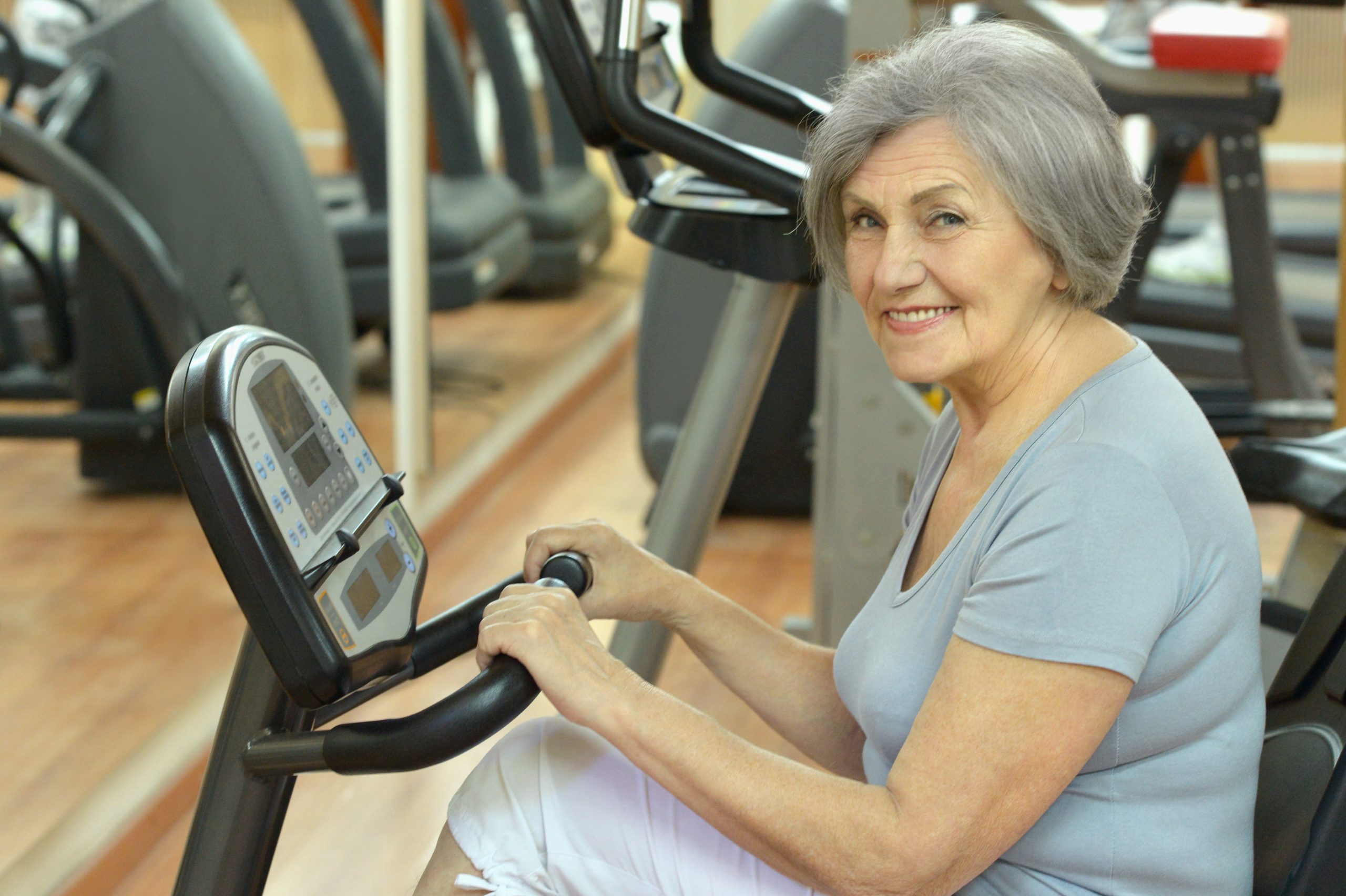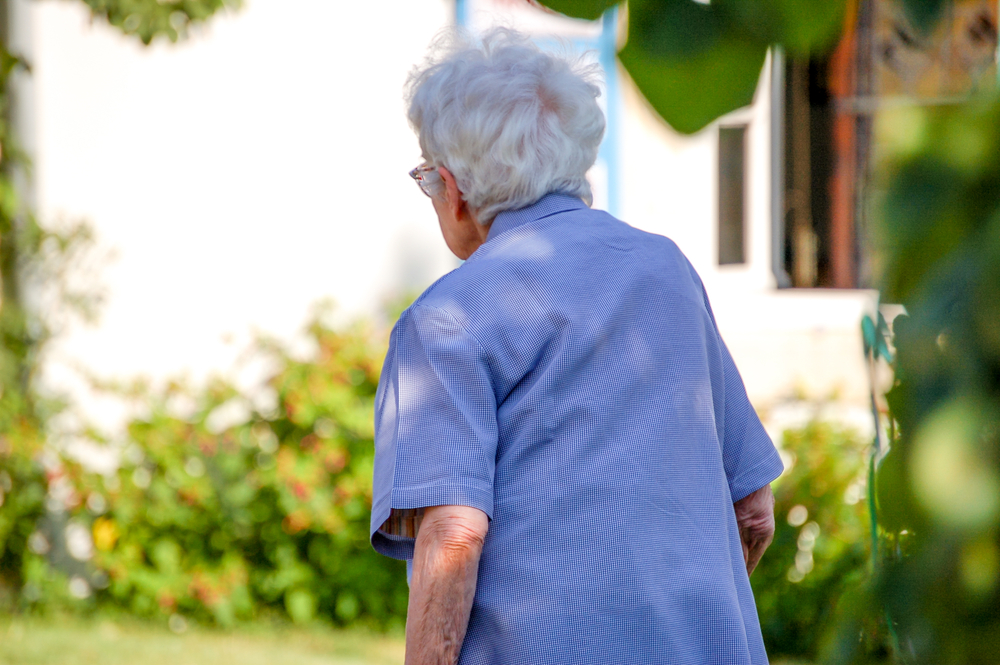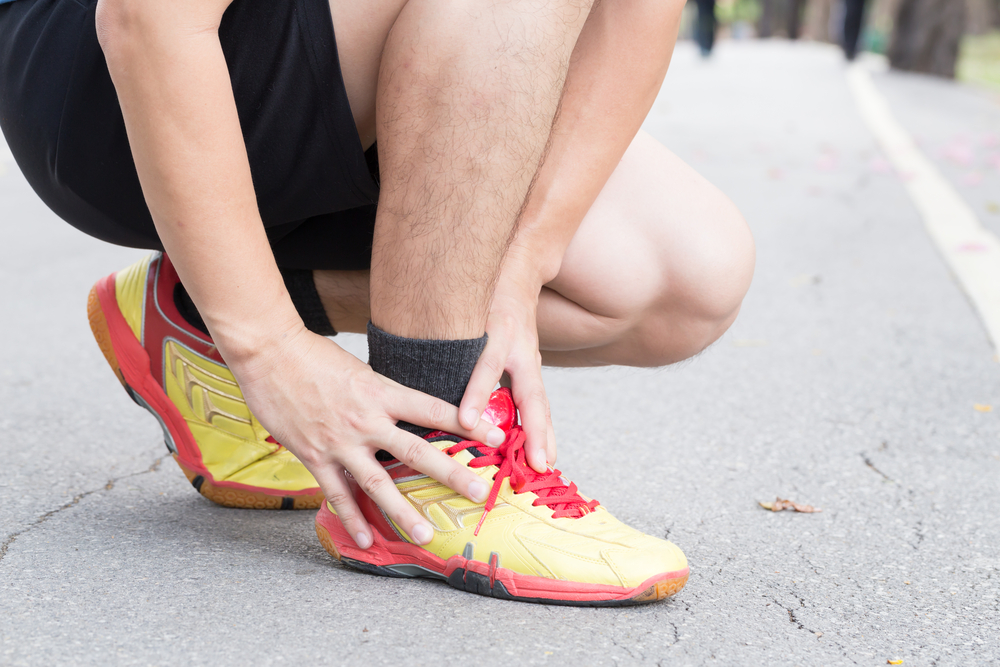
Remain More Independent and Mobile With Exercisse
March 19, 2021
Compression Fractures of the Spine
May 15, 2021The Struggle of Achilles Tendinitis
Achilles tendinitis is a common condition that can cause pain and swelling in the tendon of your leg which connects the muscle to the heel bone. The tendon becomes inflamed due to overuse, lack of stretching before exercise or wearing shoes with poor arch support. The most common cause of this condition is overuse; however, it can also be caused by an ankle sprain or other trauma to the area.
Achilles tendinitis often occurs in runners who have recently increased the intensity or duration of their runs. However, it’s also common in people in their 40s and 50s who play weekend sports such as tennis or basketball, people who always exercise, or those who are on their feet all day.
Primary Symptoms of Achilles Tendonitis
The primary symptoms of Achilles tendonitis include mild pain in the back of the leg or above the heel. Severe pain can also happen after running or doing other sports activities, stair climbing, or sprinting. You might also experience tenderness or stiffness, especially in the morning, which usually improves with movement.
These symptoms may be the cause of the following reasons:
- wearing incorrect or worn-out shoes while running or exercising,
- not warming up properly before exercise may result in injury,
- introducing hill running or stair climbing too soon into an exercise routine can cause damage,
- running on hard surfaces or uneven terrain, and
- moving quickly from a stationary position, such as jogging across a finish line.
Treatment
Doctors often treat Achilles tendonitis with various methods, including rest and anti-inflammatory medications, and more invasive procedures. Your doctor might suggest:
- Reduction of your physical activity.
- Wearing a shoe with some heel height to take tension off your Achilles tendon.
How to avoid getting your tendons inflamed?
- Avoid strenuous activities that place excessive stress on tendons, such as running downhill.
- If you participate in strenuous activity, warm up by exercising slower.
- If you experience pain during any exercise, stop and rest.
- Stretching your calf muscles and Achilles tendon in the morning can help prevent a recurrence of Achilles tendinitis.
- Choose shoes with proper cushioning and arch support, and check the heel for elevation.
- If you’ve worn a pair of shoes for a long time, consider replacing them or using arch supports, and gradually reduce the heel size of your boots when transitioning from high heels to flats.
These actions allow your tendon to lengthen and slowly increase its range of motion to prevent it from getting strained from movement.
Indeed, it is essential to warm up and stretch before and after running. Warming up helps prevent injuries, while stretching helps keep the Achilles tendon flexible, reducing tendinitis. Trying every day, including rest days, further improves flexibility.
If you are experiencing symptoms of Achilles tendinitis, contact us at Maplewood Sauk Prairie Health and Rehabilitation Center for treatment options.
Reference:
https://www.mayoclinic.org/diseases-conditions/achilles-tendinitis/symptoms-causes/syc-20369020
https://www.medicalnewstoday.com/articles/240819#symptoms
https://www.healthline.com/health/achilles-tendinitis#symptoms


